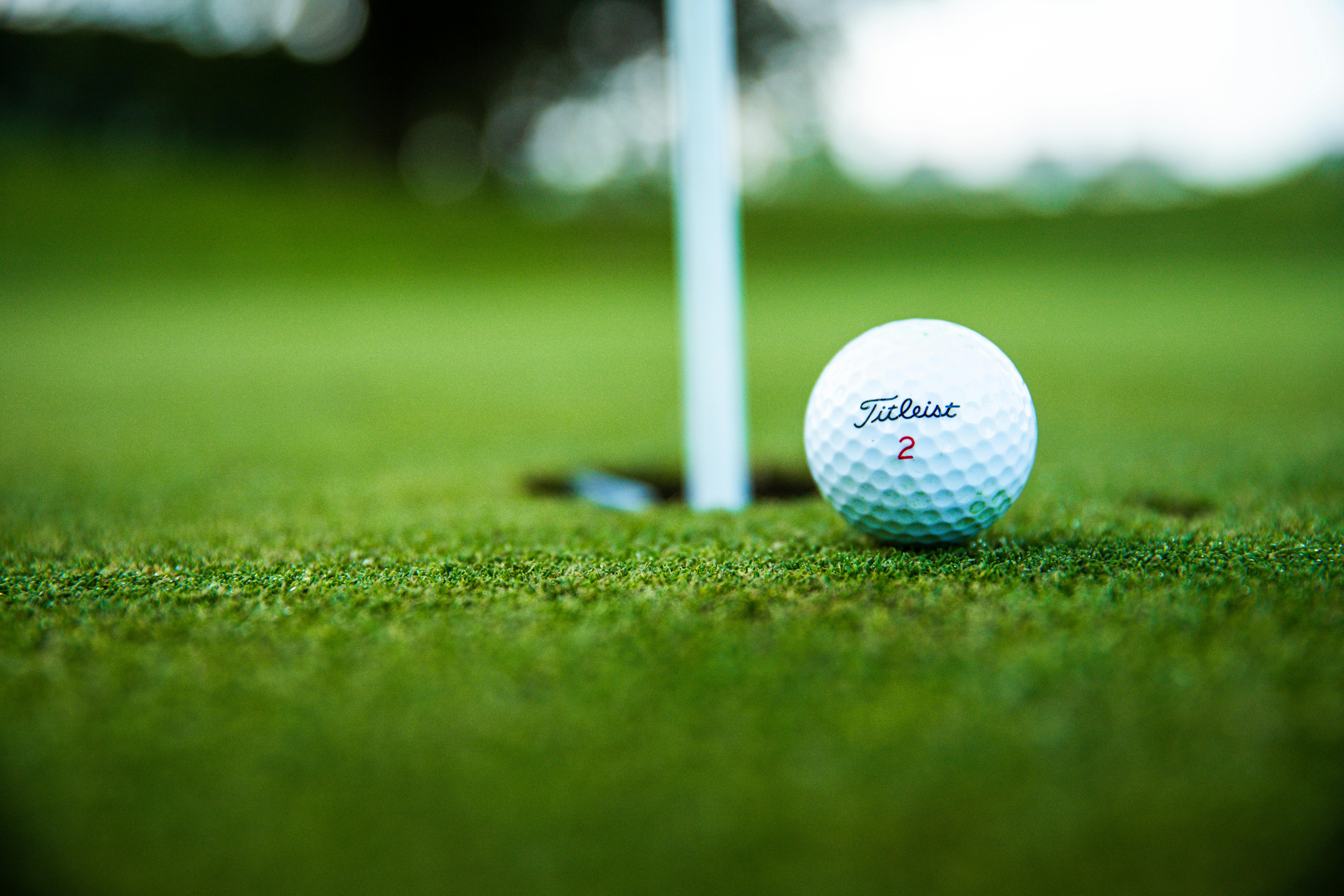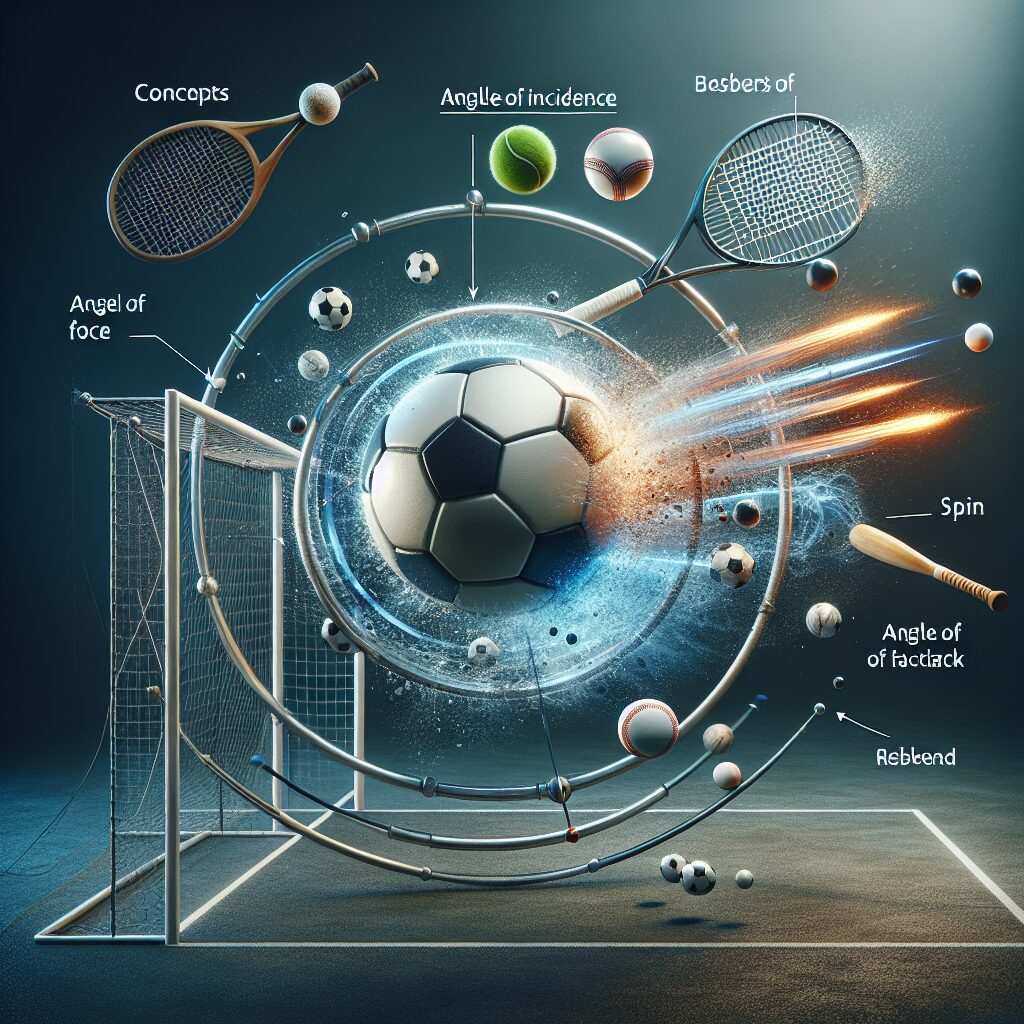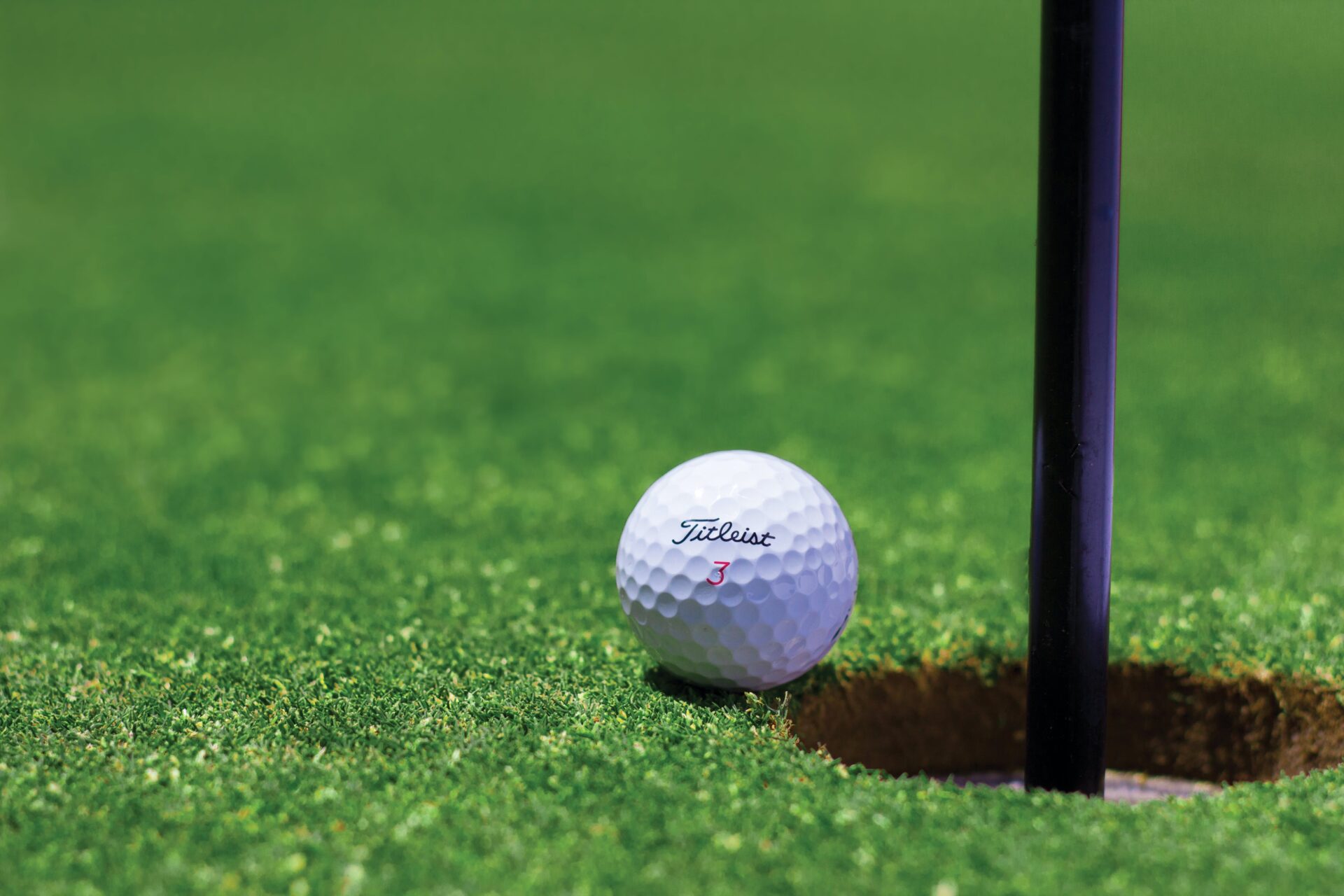Golf is a sport enjoyed by millions of people all over the world. With so many different types of golf balls available on the market, it can be difficult to decide which one is right for you. Whether you are a beginner or an experienced golfer, choosing the correct golf ball can make a big difference to your game. In this article, we will discuss the different types of golf balls and what factors you should consider when looking for the best one for your game.The type of golf ball you should use depends on a number of factors such as your skill level, swing speed, and the type of club you typically use. Generally, players with a slower swing speed should use a low-compression golf ball while players with a higher swing speed can benefit from a high-compression ball. As for the type of club used, generally irons favor a softer golf ball while drivers favor a harder ball. Ultimately, it is best to experiment with different types of balls to find one that works best for you.
Different Types of Golf Balls
Golf balls are an integral part of the game, and selecting the right ball for your game can have a huge impact on your performance. There are a wide variety of golf balls available, from professional grade models to recreational golf balls. Each type of ball has its own unique characteristics and benefits. Here is a breakdown of the different types of golf balls so you can make an informed decision on which is best for you.
The first type of golf ball is the two-piece variety. These are typically made from a hard rubber or plastic core surrounded by several layers of either plastic or rubber. The two-piece design makes them highly durable and resistant to cutting or scuffing. They usually provide good distance off the tee but lack spin and control around the green.
The next type is the three-piece ball, which has an inner core surrounded by two separate layers – usually one harder layer and one softer layer. This design gives these balls more spin and control on approach shots, as well as increased durability over time. They also tend to be more expensive than two-piece models due to their higher quality construction.
Finally, there are four-piece golf balls with an inner core that is surrounded by three distinct layers – usually one harder layer, one softer layer, and an outer cover layer for added spin and control around the green. These models are typically pricier than three-piece models but offer a higher level of performance for experienced players who need more spin and control out of their shots.
No matter what type of golf ball you choose, it’s important to find one that suits your playing style and skill level so you can get the most out of your game. With such a wide variety available, it’s easier than ever to find a ball that gives you just what you need for optimal performance on the course.
The Benefits of Using the Right Golf Ball
Golf is a game of precision and strategy, and having the right equipment can make all the difference in your game. One piece of equipment that is often overlooked is the golf ball. The right golf ball can help you to improve your performance on the course and increase your enjoyment of the game. Here are some of the benefits of using the right golf ball for your game.
The first benefit of using the right golf ball is that it can help you to improve your accuracy. Different types of golf balls have different characteristics that affect their flight path, such as spin rate or trajectory. By using a golf ball that matches your swing, you will be able to hit more accurate shots and lower your scores.
Another benefit of using the right golf ball is that it can help to reduce fatigue during long rounds. Different types of golf balls have different levels of compression, which affects how they react when they are hit with a club. By selecting a golf ball with a lower compression rating, you will be able to reduce fatigue during long rounds by reducing the shock on your hands and arms when hitting shots.
Finally, using the right golf ball can also help to increase distance off the tee. Certain types of balls are designed specifically for distance, with features such as dimples or aerodynamic designs that help them travel further when hit with a driver or fairway wood. If distance off the tee is an issue for you, selecting one of these specialized balls could help you to add yards to your drives.
Choosing the right golf ball can have a big impact on your game, and it is important to consider all factors when selecting one for yourself. By taking into account factors such as spin rate, compression rating, and aerodynamics, you will be able to find a ball that best suits your needs and helps you get more out of every round.
Compression
When choosing a golf ball, it’s important to consider the compression rating. Compression is a measure of the ball’s firmness and how it reacts when hit with a club. The lower the compression rating, the softer the ball will feel when it is struck. Higher compression ratings will produce a more powerful shot, but may be harder to control. Choosing the right compression rating depends on your skill level and swing speed.
Spin Rate
Spin rate is another factor to consider when choosing a golf ball. Spin rate refers to how much spin is put on the ball when it is hit with a club. Higher spin rates can help you control your shots better, while lower spin rates can increase distance off the tee. Different golf balls have different spin rates, so it’s important to choose one that matches your playing style and skill level.
Durability
Durability is an important factor when choosing a golf ball. Golf balls are designed to withstand wear and tear from repeated use, but some are more durable than others. If you play often or in wet conditions, you may want to choose a ball that has a thicker outer layer for added durability. You should also look for balls that have been treated with water-resistant materials for even greater durability over time.
Price
Price is also an important factor to consider when choosing a golf ball. While expensive balls may provide better performance in certain areas, they are not always necessary for amateur players who don’t need all of the bells and whistles of professional-grade equipment. It’s important to find a balance between performance and affordability so that you can get the most out of your game without breaking the bank.
Distance Golf Balls
Distance golf balls are designed to maximize the distance that the golf ball will travel. They are typically made of a much harder and firmer material than traditional golf balls, which helps to increase the distance that it will travel. The core of a distance golf ball is usually made from a rubber-like material and is designed to compress when struck with the club, which helps to propel the ball farther. Many distance golf balls also feature dimples on their surface, which help to reduce air resistance and also make them easier to control when in flight. In addition, many distance golf balls have an aerodynamic design that helps them fly farther and straighter than traditional golf balls.
Distance golf balls are ideal for players who need extra yardage off the tee or just want an overall better performance from their golf ball. With long-distance capabilities, they are perfect for players of all skill levels who want to improve their game or just hit their shots farther. Distance golf balls are also great for players who don’t have access to a driving range or practice facility as they can still get out and hit some practice shots with these types of golf balls.

Tour Quality Golf Balls
If you’re looking for a golf ball that will give you the performance and feel of a tour-level ball, then look no further. Tour quality golf balls are specifically designed to be played at the highest level of competition and provide an unparalleled level of control and distance. They feature a higher compression core, a softer cover material, and an aerodynamic dimple pattern that will give you maximum distance with every shot. The balls have excellent spin control, allowing you to hit shots that require more accuracy and spin.
These balls are also designed to be extremely durable, with their cover being much more resistant to scuffing and wear than traditional balls. This means they can last for many rounds without losing their performance or feel. This is especially important for players who play in tournaments or on courses with tough conditions. They also provide excellent control off the tee, enabling players to get maximum distance without sacrificing accuracy.
Tour quality golf balls offer golfers of all levels an opportunity to experience the same performance as professional players. By using these high-quality products on the course, you can improve your game while playing with the same equipment as the pros. Whether you’re just starting out or already an experienced golfer, these balls can help you take your game to the next level by providing excellent distance and control in any situation.
Multi-Layer Construction Golf Balls
Golfers who want to add more distance and accuracy to their game can take advantage of multi-layer construction golf balls. These balls feature a core layer and a cover layer that are designed to work together to deliver maximum performance. The core of the ball is designed to provide high spin rates, while the cover is designed to provide maximum distance. With multi-layer construction golf balls, players can get more speed off the tee, increased accuracy with their irons, and more spin around the green.
The core of these golf balls is made from a soft material that helps generate extra backspin and control around the green. The cover is made from a hard material that helps generate more distance off the tee. With this combination of materials, golfers can maximize both distance and control on every shot they take. Additionally, these golf balls are designed with aerodynamic dimples that help reduce drag in the air for even greater distances.
Multi-layer construction golf balls can be beneficial for players of all skill levels who want to improve their performance on the course. With these balls, players can get the most out of their swings and improve their game overall. Whether they’re looking for extra distance or more control around the green, multi-layer construction golf balls can help them reach their goals on the course.
Low Compression Golf Balls
Low compression golf balls are designed for golfers with slower swing speeds. These golf balls are made with a softer core and a thinner cover, making them easier to compress on impact. They also have a larger sweet spot, allowing for more forgiveness on off-center hits. Low compression golf balls provide more distance and a straighter flight path when hit properly. They also tend to spin less than higher compression golf balls, making them easier to control.
Low compression golf balls can be beneficial for novice and experienced players alike. For novice players, the low compression offers an easier, more consistent way to hit the ball further without having to make large adjustments in their swing or technique. Experienced players may find that the low compression allows them to shape shots better and get better control out of their shots even with a slower swing speed.
No matter what your skill level is, low compression golf balls can be beneficial for your game. If you’re looking for an easy way to add some extra distance and control to your game, give low compression golf balls a try!

Conclusion
Choosing the right golf ball is an important part of improving your game. There are many factors to consider when selecting a ball, such as budget, playing style, and skill level. If you’re a beginner, a low-compression golf ball is likely the best option for you. High-handicap golfers should look for balls with soft compression numbers that will help them get the most out of their swing. If you’re an advanced or experienced golfer, then a tour-level ball may be best for you. No matter what type of player you are, there is a golf ball out there that can help your game.
Take the time to research different options and compare features like price point, feel, spin rate, and compression so that you can find the perfect golf ball for your needs. Finding the right golf ball can make all the difference in your game – and in your confidence on the course!




